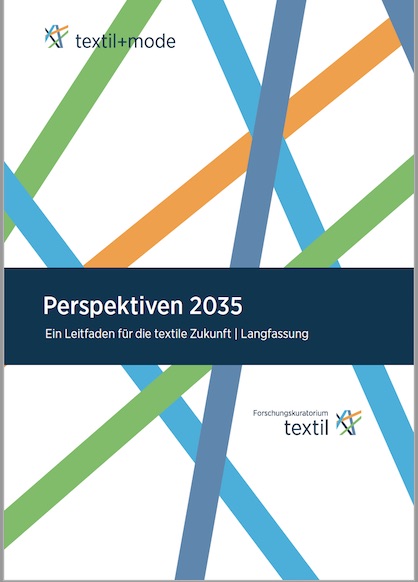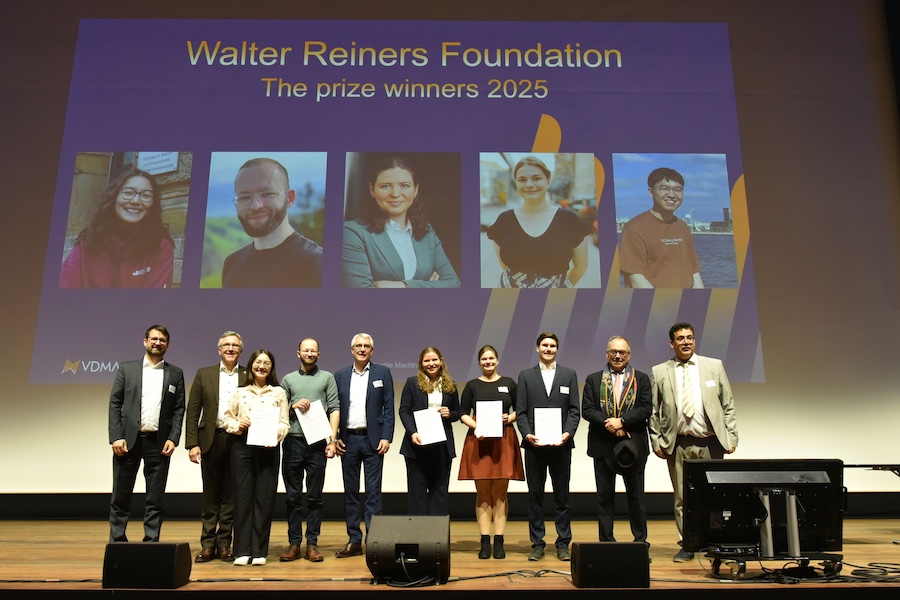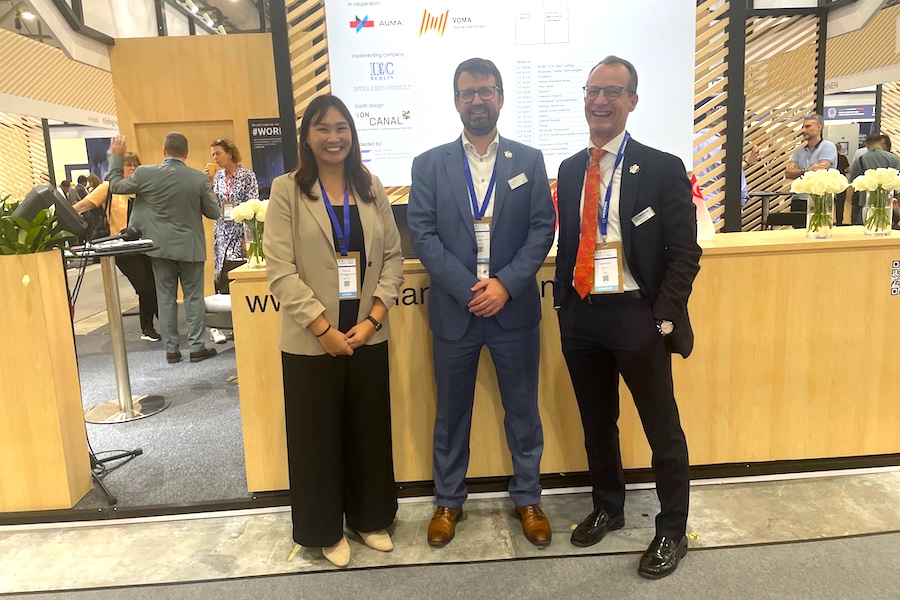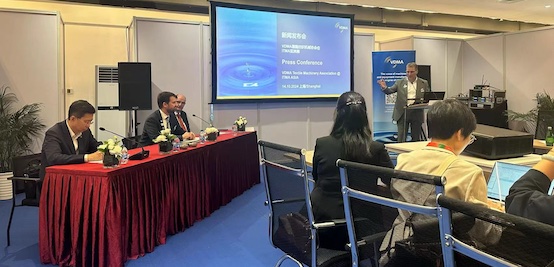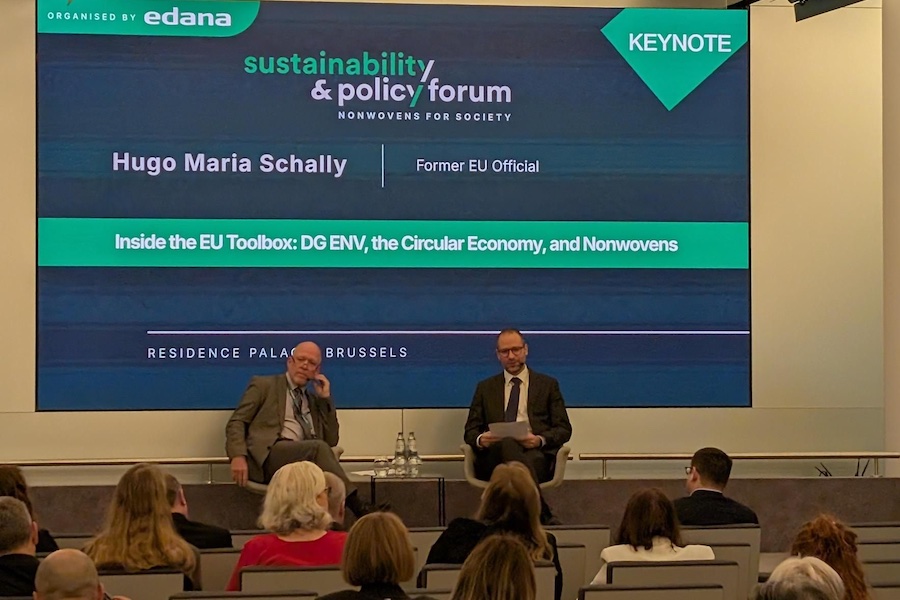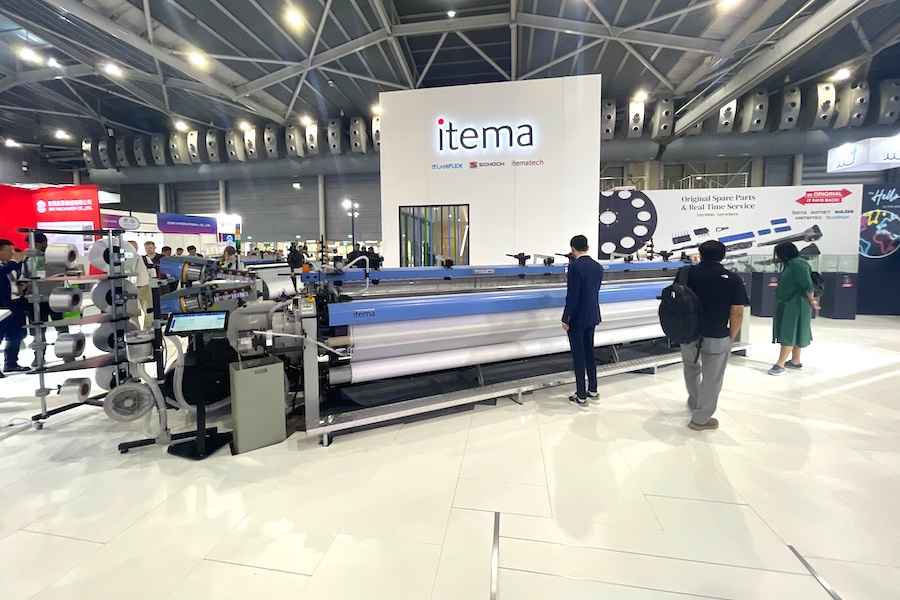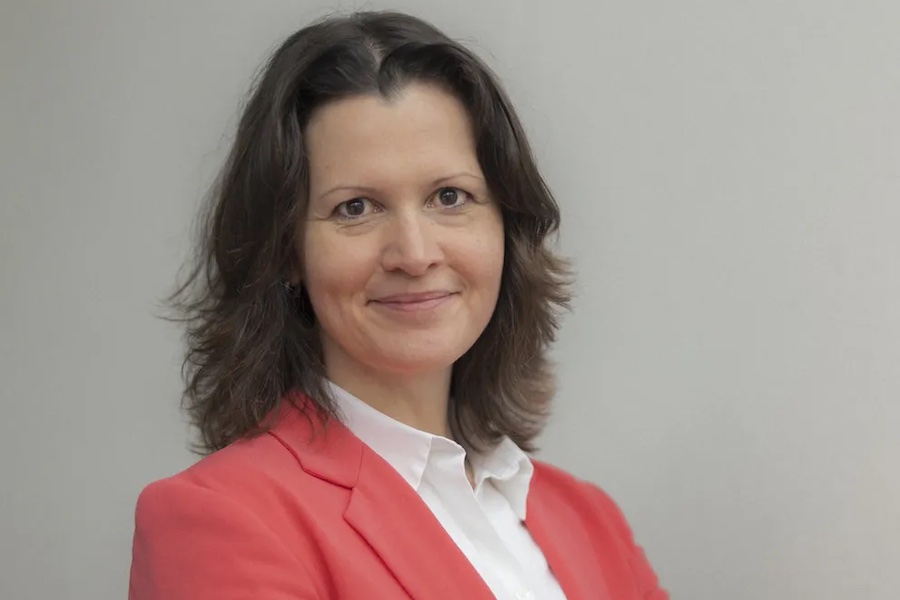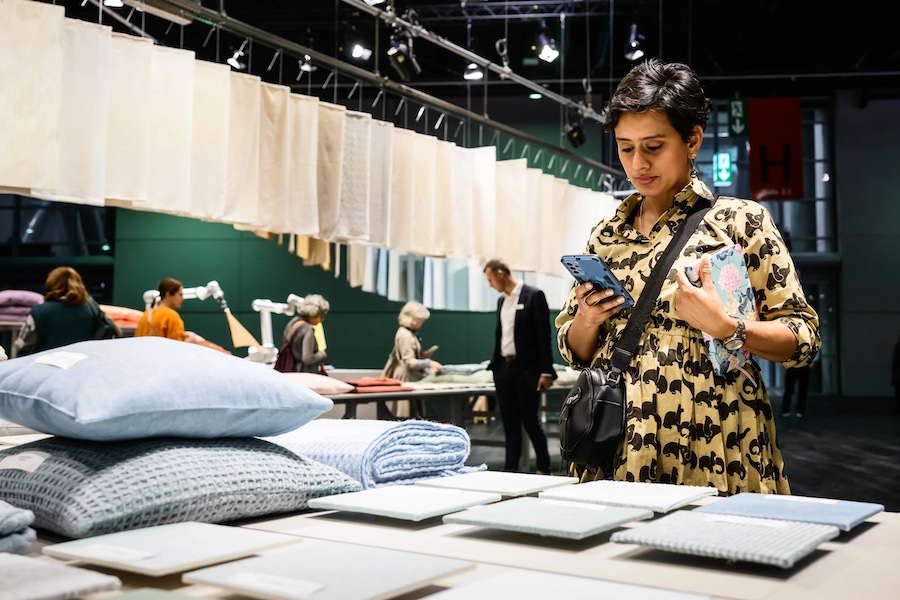#Sustainability
Green Deal Textiles: German textile industry is a frontrunner when it comes to implementing the EU Commission's climate targets
Berlin: The Green Deal Textile is going into the next round. VDMA and FKT joined experts from textile research institutes in Denkendorf, Chemnitz and Mönchengladbach to discuss global solutions for a clean water supply at the online seminar "Perspectives 2035: Clean Water - an Issue of Global Importance." The expert forum this Monday was attended by nearly 30 participants from numerous companies, research institutes and associations.
Johannes Diebel, head of the Forschungskuratorium Textil: "By 2030, it will be possible to produce textiles almost without water. This is the conclusion we reached in our future study "Perspectives 2035". Sustainable process technologies will be established, especially in the areas of dyeing and finishing. Our textile research institutes are making considerable development progress in this regard."
Ramona Jasny demonstrated this for the Niederrhein University of Applied Sciences (Hochschule Niederrhein) with the TextileMission research project. The project shows ways to reduce the formation of microplastic particles and thus protect the environment. The textile engineer also presented ways for the polyester industry to produce in a biobased and water-friendly way.
Textiles are highly effective in cleaning industrial wastewater, as Dr. Thomas Stegmaier of the German Institutes for Textile and Fiber Research Denkendorf (Deutschen Instituten für Textil- und Faserforschung Denkendorf - DITF) reported. "3D textiles are used in the biological treatment stage of various wastewater treatment plants. They serve as carriers for the biomass - microorganisms that are responsible for the degradation of pollutants. The biologically active area thus obtained is greatly increased compared to conventional methods and thus, of course, much more effective." It is not only industrial wastewater treatment plants that benefit from DITF's innovations. They can also be used in municipal wastewater treatment plants or in rainwater and swimming pool water treatment.
The Saxon Textile Research Institute (Sächsische Textilforschungsinstitut) is also involved in several water treatment projects. One focus, for example, is on water purification with the help of biologically filtering organisms such as mussels, which are settled on textile growth surfaces. Jens Mählmann sees the advantages of these over conventional solutions in: "[...] the very effective elimination of suspended matter, algae or bacteria, as well as sedimentation rates that are up to 400 percent higher. During sedimentation, solids that cannot be removed are deposited at the bottom of the water body."
The event demonstrated the many ways in which textiles can be used for successful environmental management. The interdisciplinary exchange between the textile and mechanical engineering industries as well as companies from the water and wastewater technology sector is therefore to be continued and expanded.
The study Perspectives 2035 - A Guide to the Future (Perspektiven 2035 – Ein Leitfaden für die Zukunft) is available for download here
(GERMAN LANGUAGE ONLY)
https://textil-mode.de/de/forschung/zukunftsstrategie-perspektiven-2035/
